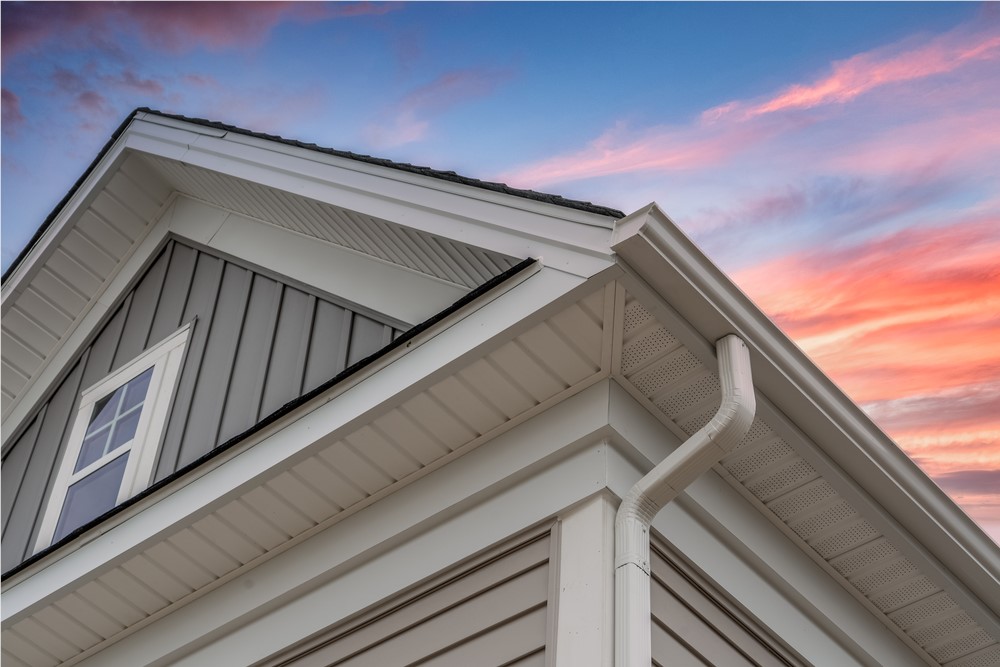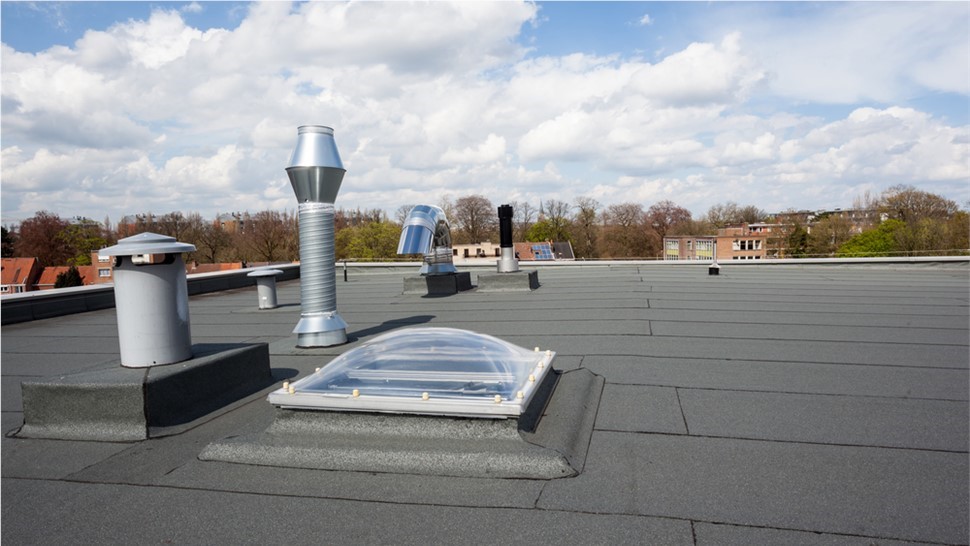Tax Credits Available for Replacement Windows
Deciding to replace the windows in your home can take significant consideration. It’s not an insignificant investment, especially considering the prices for material and labor. Luckily, upgrading your previous windows to a more energy-efficient option comes with several benefits, one being a tax credit. Tax credits are an underrated way to save money. If you did decide to replace one or more windows, you would be eligible for a tax credit worth 10% of the window’s price, up to $200. If someone were to combine this with discounted window options, they could be buying at an incredible price. There are several different ways to earn tax credits. The most common method is upgrading your house with new energy-efficient upgrades and appliances such as windows, skylights, roofs, water heaters, insulation, stoves, and more. Tax credits are meant to incentivize homeowners to invest in upgraded, environmentally friendly appliances. When you replace your home’s windows with an energy-efficient alternative, the money you spend will be paid back with tax credits and a lower energy bill.How does replacing windows qualify?
All of the upgrades and appliances mentioned above qualify for tax credits, but each must fall under unique specifications. For example, non-solar water heaters such as gas and oil need to have an energy efficiency rating of at least .82 to qualify for tax credits. Windows have specific requirements to be qualified as well, but these depend on your local climate. Replacing every window in the home is not necessary to be eligible for credits; they can be earned by upgrading individual items. Most new additions to a house have to meet the joint government agency Energy Star standards. Those specifications can be found on their website.What are the specific returns for replacing windows?
As mentioned before, replacement windows that qualify for a tax credit can net the homeowner a tax credit worth 10% of the energy-efficient window’s price up to $200. However, this is not the same for all aspects of the home, as some have a smaller limit or no limit at all. Listed below are some relevant examples. Metal and asphalt roofs earn you 10% of the cost (does not include installation) with a limit of $500. Insulation earns you 10% of the cost (does not include installation) with a limit of $500. Geothermal pumps and wind turbines earn you 20% of the cost without a limit. Skylights, doors, and windows earn you 10% of the cost (does not include installation). For windows and skylights, there is a limit of $200, while the limit for the door is $500.How to File a Claim
Form 5695 needs to be filled out before you attempt to claim a tax credit. This form must be included in the tax return you will submit to the IRS. It would be beneficial to keep copies of the Manufacturer’s Certification Statement and any itemized bills or receipts included if needed in the event of lost paperwork.Subscribe to Amos Exteriors's Blog








Comments